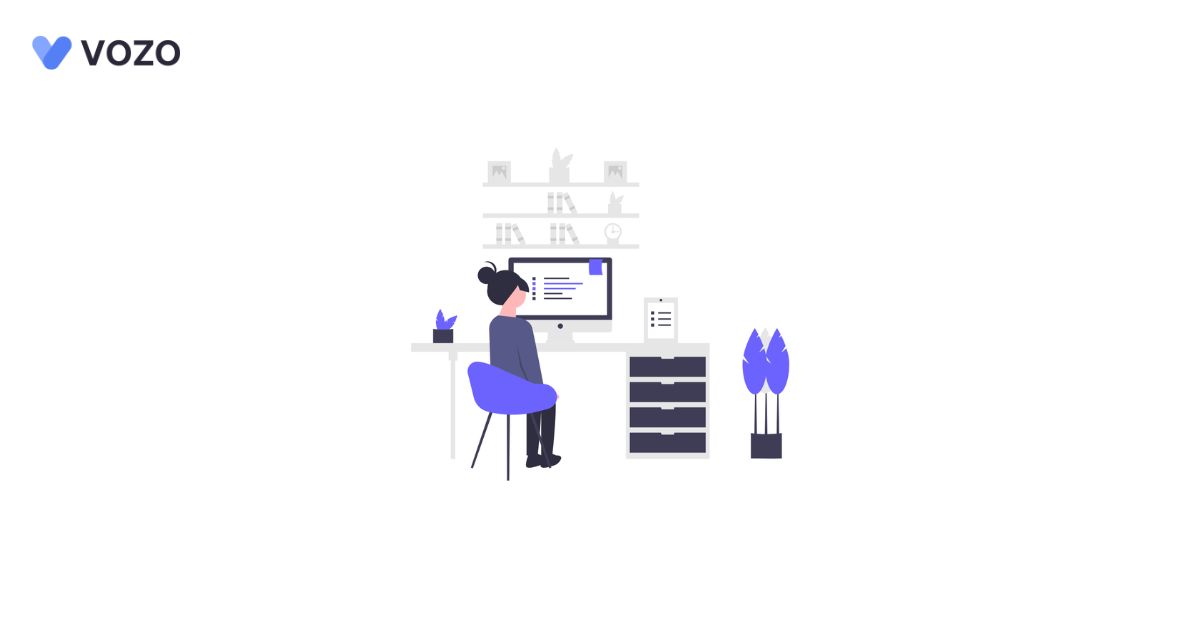The role of Remote Therapeutic Monitoring in making patients’ life comfortable
Remote patient monitoring arises as a tool with massive potential. It ensures patients get proper care by checking and reducing the need for hospitalization.
The CMS on January 1, 2022, approved reimbursements for Remote Therapeutic Monitoring (RTM).
This allows healthcare providers and organizations to expand the provision of remote care to patients. The adoption of remote therapeutic monitoring programs by practitioners can increase their revenue. It can also increase patient engagement along with remote care expansion.
What is Remote Therapeutic Monitoring?
Remote Therapeutic Monitoring authorizes healthcare providers to bill for managing their patients with respiratory and musculoskeletal conditions remotely. It is done by collecting non-physiological data using medical devices.
It can be useful to get in-depth insights about the following patient conditions;
- Diabetes care management
- Pain care management
- Medication adherence
- Distance/virtual physical therapy
- Respiratory system care
- Patients’ mental state about treatments
The patients can either report by themselves the condition or use a medical device to collect non-physiological data. They can record and report their medication adherence by monitoring how the medication is working for them.
What is Remote Patient Monitoring?
RPM uses different data like pulse rate, weight, stature, glucose level, weight record, etc. This data is then recorded and shared with the specialist administration.
It utilizes the most recent innovations to collect and assemble information. It uses gadgets like cell phones, tablets, etc. RPM solutions make patients feel great about dealing with their well-being. It accumulates all the data into one area and sends it electronically to different physicians for analysis and advice.
Remote Therapeutic Monitoring Vs Remote Patient Monitoring
Remote Therapeutic Monitoring
- RTM concentrates on remotely monitoring non-physiological conditions like respiratory, and musculoskeletal system status, medication adherence, and therapy response.
- Patients can choose not to use a medical device to report. They can do the monitoring themselves.
- Patients can share their views on how they feel about their treatment plans when compared to past encounters, and more.
Remote Patient Monitoring
- RPM needs all the reported and collected data digitally uploaded remotely, to be physiological. It includes glucose levels, blood pressure, and more.
- The self-reporting benefits in RTM weren’t incentivized using just RPM reimbursement codes.
- If your practice has already an RPM program in motion, you should put in place RTM services as well.
- Both programs mingle well together and provide added benefits to your practice.
Benefits of Remote Therapeutic Monitoring
- Provides vital insights into patient adherence & satisfaction
- Helps with early detection of patient’s responses to their care program
- Improves patient engagement & harmony
- Improves patients’ functional outcomes
- Speeds up patients’ recovery
- Increases patients’ confidence and lets them take over their health
- Gives advanced data to providers for better decision-making
- Remote care results in fewer hospital visits thus reducing costs for patients
- Expands the reach of care to unreachable and underrepresented populace
- Allows patients to open up and be frank about their perspectives on their treatments
Benefits of Remote Patient Monitoring
- It improves chronic care management
- Helps to reduce re-admissions
- Improves overall patient outcomes
- Provides better quality of care
- Facilitates real-time patient data management
- Helps patients to manage costs
- It helps the patients to interact with their providers at any time with ease.
- People can save more time by avoiding transportation.
- The providers can tend to each patient with utmost care and dedication.
- RPM enables healthcare providers to use various forms of telecommunications to reach out to their patients. They can even use basic communication tools like zoom, whats app calls, snap chats, mobiles, landlines, etc.
Remote monitoring is here to stay
Patients have become more and more fond of remote monitoring programs now. With all the healthcare technical advancements and innovations, they expect more from the programs.
A recent survey done by Software Advice showed that a vast majority of patients are interested in remote patient monitoring. Patients with chronic conditions are expecting their provider to offer remote care, according to the survey.
Providers who have not yet adopted remote monitoring programs must do it now as it can attract more patients. Remote care can improve patient experience, and increase patient engagement. Whether it’s RTM or RPM, implementing one straight away will be a great start toward clinical expansion for you.
Remote Patient Monitoring from Vozo
Remote monitoring allows patients to reach out to services from the comfort of their homes in full privacy. And this will create a sense of safety and a positive response to the treatment. Welcome to Vozo, the mastermind who is going to transform your practice’s remote monitoring into a more reliable and successful one. Our Remote Patient Monitoring services allow health providers to track & analyze patient healthcare. It helps to engage with patients virtually to change care plans and educate patients about their health conditions.
We help you to identify, anticipate and treat patient needs across the care continuum with the best remote patient monitoring solutions. We empower care where it is needed the most by delivering an advanced RPM program. Our RPM program will help you to improve patient health outcomes and reduce readmissions. Vozo RPM services help your patients to take responsibility for their healthcare.
“Let’s make your practice more accessible to people around the world, together”
About the author

With more than 4 years of experience in the dynamic healthcare technology landscape, Sid specializes in crafting compelling content on topics including EHR/EMR, patient portals, healthcare automation, remote patient monitoring, and health information exchange. His expertise lies in translating cutting-edge innovations and intricate topics into engaging narratives that resonate with diverse audiences.













